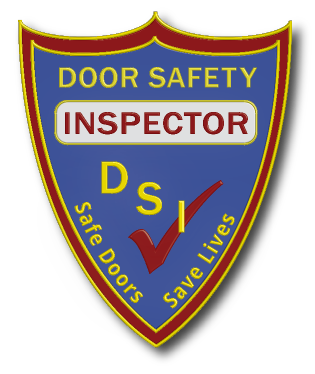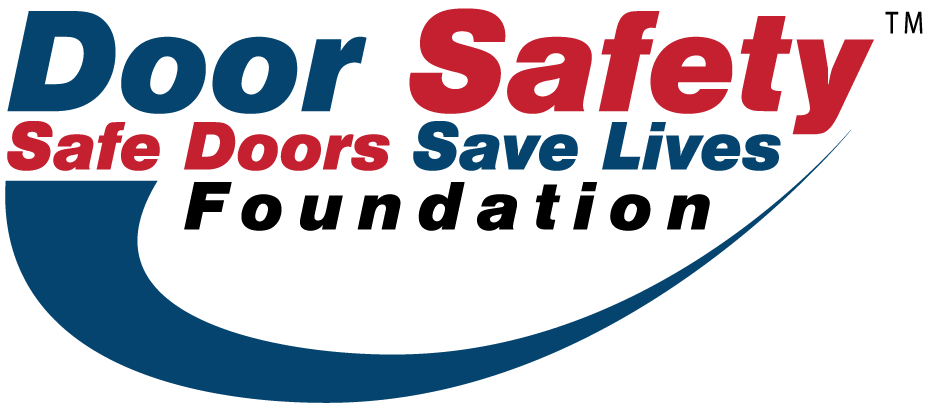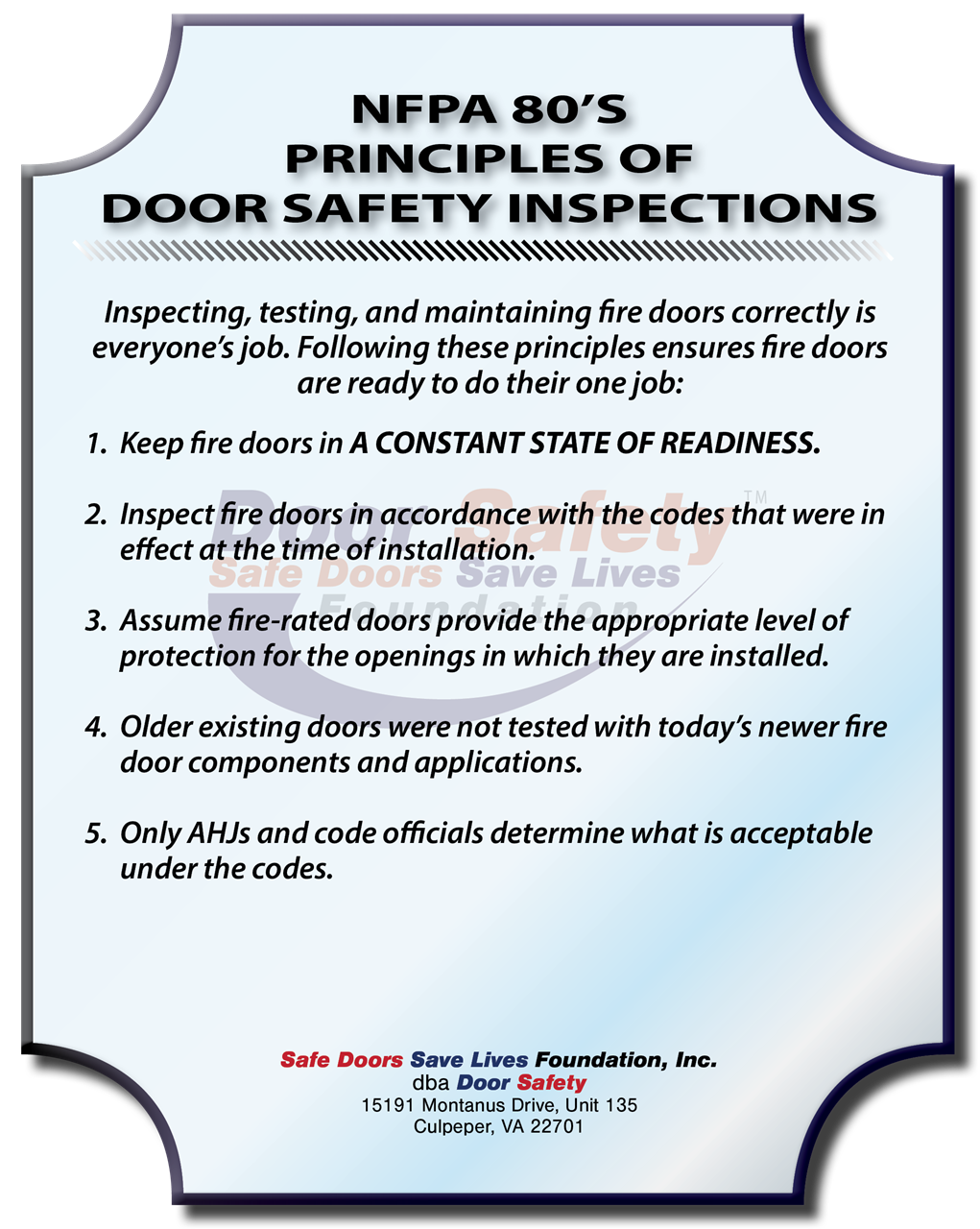Welcome to the Safe Doors Saves Lives Foundation! We are the only 501(c)(3) non-profit educational company dedicated to serving the interests and needs of building owners, facility management personnel, architects, contractors, installers, inspectors, code enforcement officers (and other AHJs), and suppliers—everyone involved with installing, inspecting, testing, and maintaining egress and fire doors. Maintaining and improving life safety in buildings and structures for the public at large. |

Our Next Live Online DSI Training & Certification Class Starts on Friday, October 17th.
Course Fee: $1,640 (USD)
Registration Opens on August 1st.
Note: $250 (USD) of the course fee qualifies as an IRS tax-deductible donation to the Safe Doors Save Lives Foundation. Additional costs might include purchasing the required reference books from the NFPA.
Click Here for More Information.
Here's a short clip from our first session of our Spring '24 class:
Here are clips from the Spring '23 Live Online DSI Training & Certification Class:
Are you looking for the Fire Protection Research Foundation's (FPRF) reports on their
Door Gaps Around and Under Swinging Fire Doors research project?


